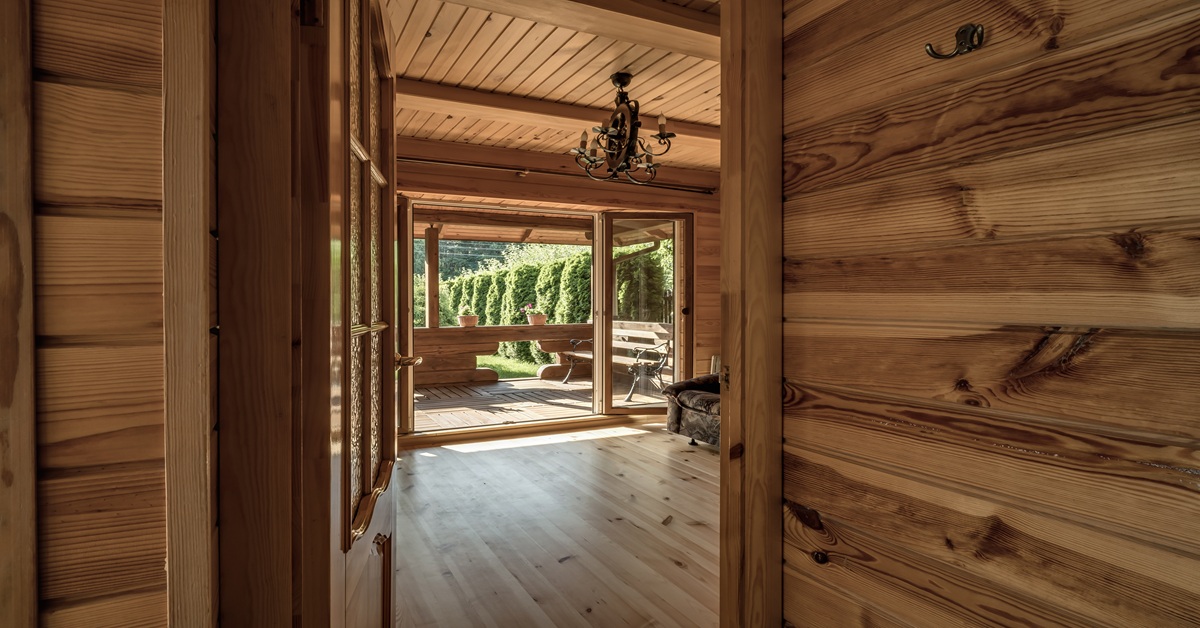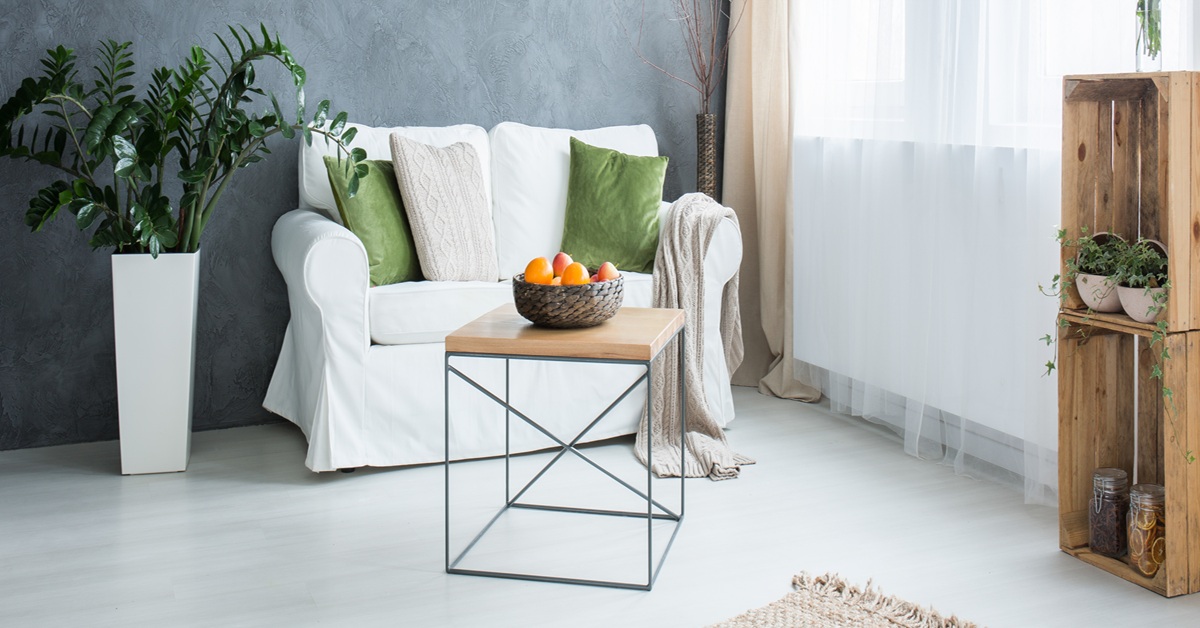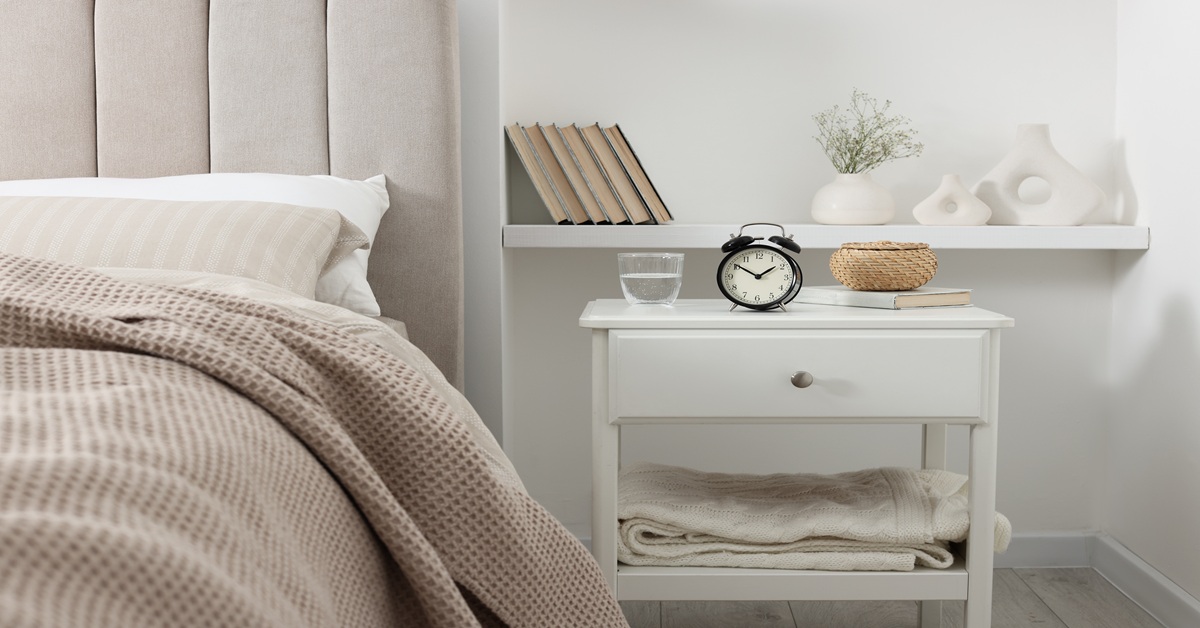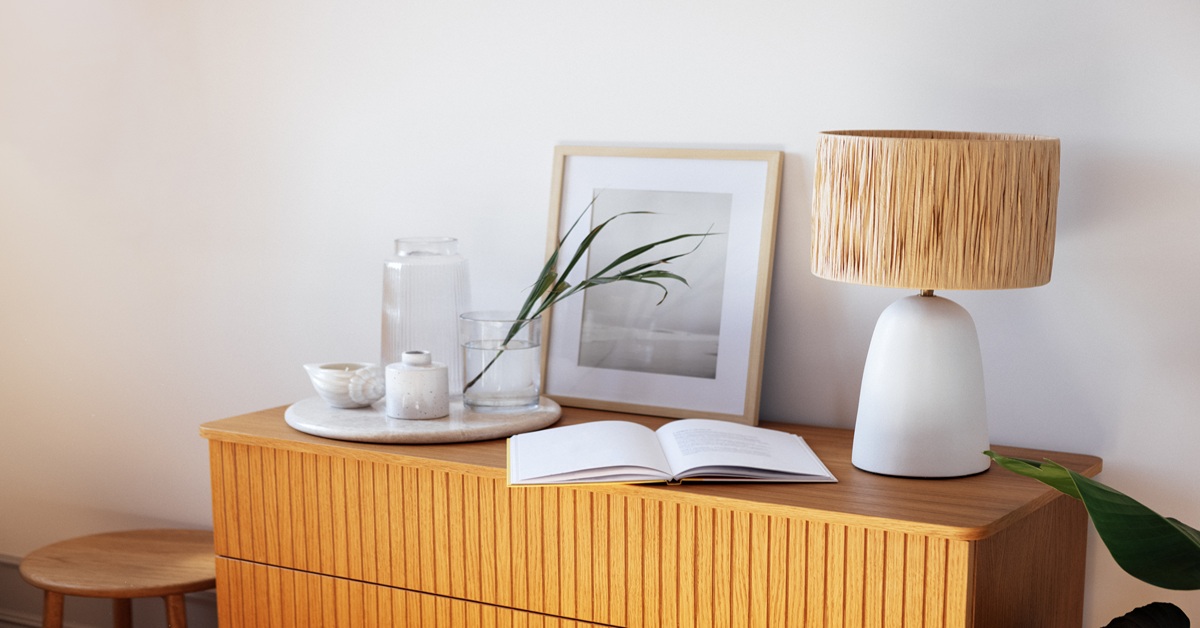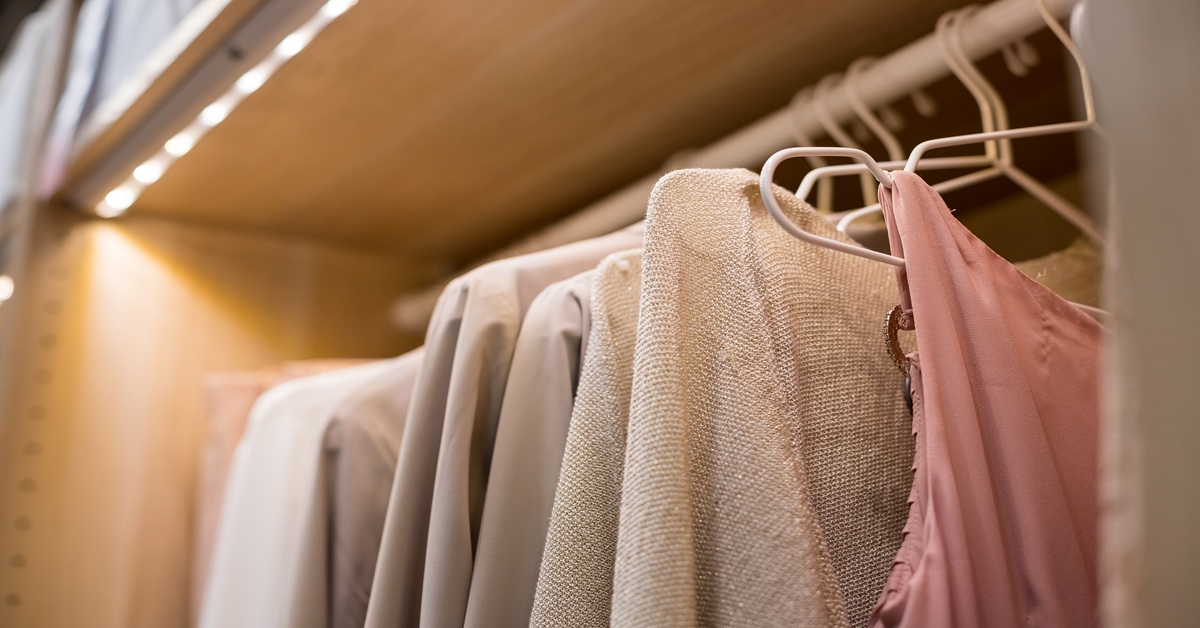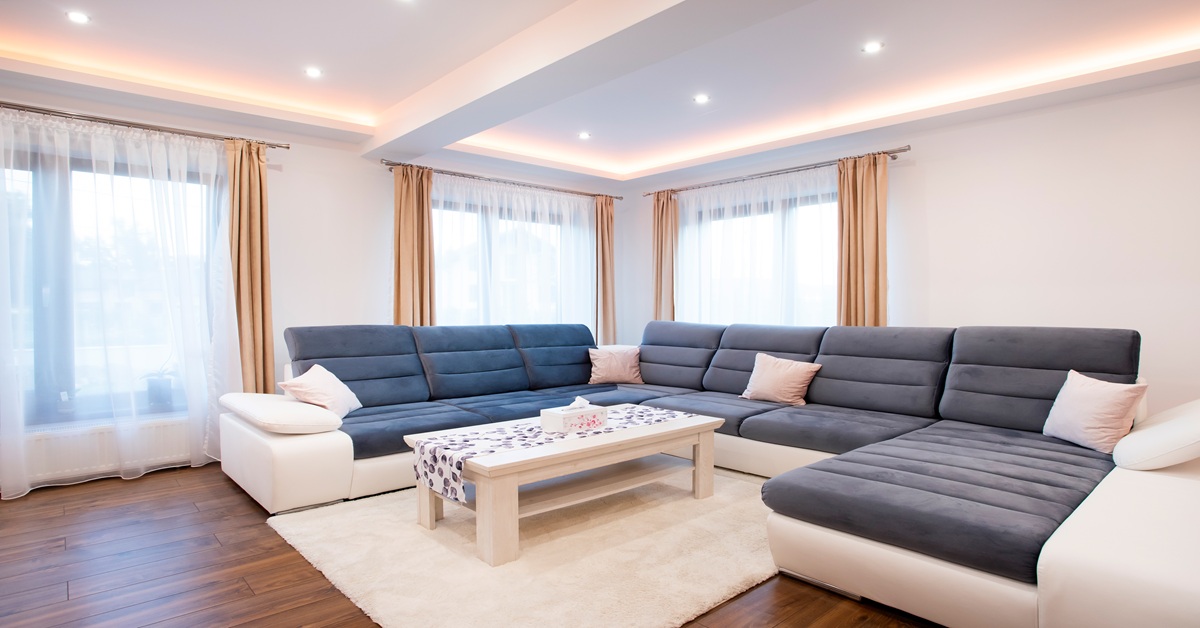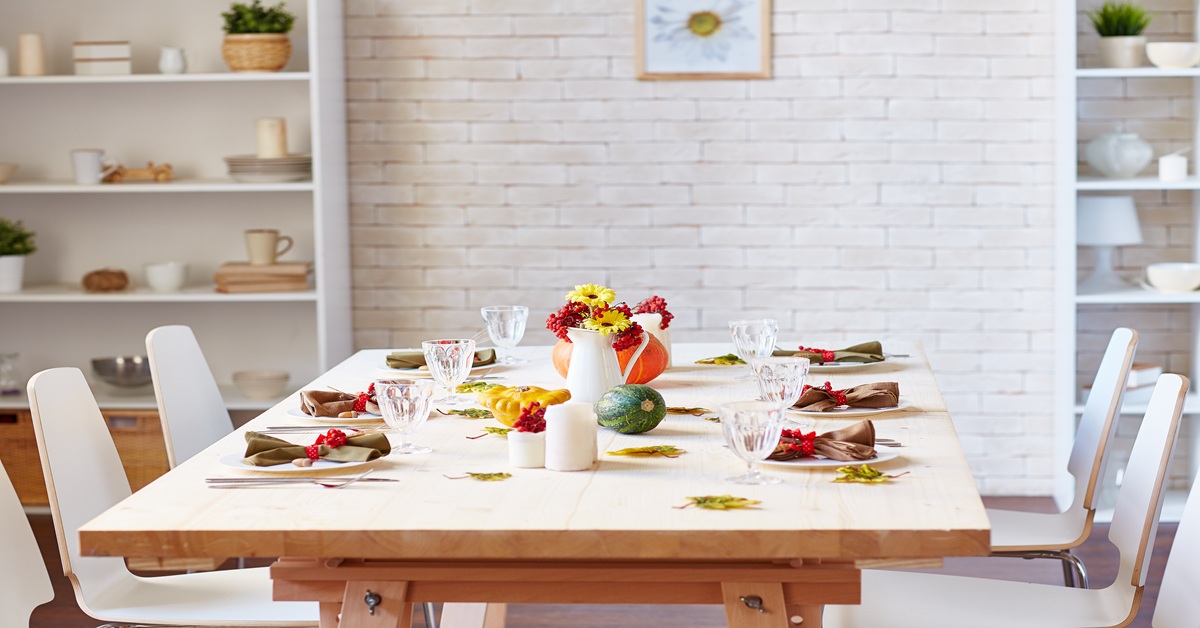Plywood is a versatile material widely used in interior design and construction projects across India. Understanding the different plywood grades in India and their availability in the market is essential to choosing the right material. Plywood is known for its strength, versatility, and resistance to cracking, shrinkage, and warping. In this guide, we’ll explore the best plywood grades in India, their characteristics, applications, and more.
Plywood grade refers to the quality of the plywood, which is determined by the appearance of the veneers on the front and back faces, as well as the strength and durability of the plywood. Different plywood grades and types are used for various applications based on their aesthetic and structural qualities.
Introduction to Plywood Grades in India
Plywood is a multipurpose building material composed of thin wood veneer layers glued together. Plywood grades, which take into account both the product’s look and its structural integrity, determine its quality. Like many other producers, Wigwam Ply grades its plywood according to industry standards for both quality and intended application.
Plywood is a sheet material made by combining many thin layers or piles of wood veneers that are glued together adjacently to bring out a flat sheet of wood. The adjoining layers with their wood grains are rotated up to 90 degrees to one another in a process called cross-graining. This process lends a superior strength to plywood and makes the product withstand splitting and shrinking.
MR, BWR, and BWP Plywood: Key Differences and Uses
There are three common types of plywood in India: MR, BWR, and BWP. Knowing the differences between these plywood grades in India is very important.
- MR Grade: Moisture-resistant grade uses urea and formaldehyde resin. Because of its quality, MR-grade plywood is the most preferred choice for residential use. Architects prefer it because of its superior performance as it is made up of hardwood timber which provides it strength and durability.
- BWR Grade: Boiling water-resistant grade uses phenol and formaldehyde adhesive and synthetic plastic resin glues. This is another water-resistant plywood grade and is widely used for making furniture for residential and commercial uses. Even the outdoor furniture is made of BWR-grade plywood. This is also preferred for making kitchen cabinets in India.
- BWP Grade: Boiling water-proof grade uses undiluted formaldehyde and phenol resin glues. BWP grade plywood is used in bathrooms as this is considered exterior grade of marine grade plywood. To test its durability, you can take a piece and drop it in boiling water. A good quality BWP can withstand boiling water for up to twenty hours.
The intended usage and the particular climatic conditions determine which kind of plywood is best. Making educated judgements requires knowing the distinctions between these popular plywood grades in India. Explore the wide range of plywood grades in India available at Wigwam Ply. Find the perfect plywood for your next project!
Commercial vs. Marine vs. Fire-Retardant Plywood
Other kinds of plywood serve particular purposes in addition to the MR, BWR, and BWP classifications:
- Commercial plywood: Commercial plywood is a multipurpose plywood that is frequently utilised in a variety of settings where high strength and resistance to moisture are not essential. It may be classified as MR or BWR and can be constructed from a variety of wood types.
- Marine Plywood: Marine plywood is made especially to be used in maritime settings. It is constructed with premium wood and waterproof glues to resist extended exposure to moisture and moisture. Boatbuilding and other marine applications frequently use it.
- Fire Retardant Plywood: Plywood that has been treated with chemicals to lessen its flammability and slow the spread of fire is known as fire-retardant plywood. It is utilised in places like public buildings and commercial locations where fire safety is a top priority.
These speciality plywood varieties serve specialised uses, underscoring India’s wide range of plywood grades.
ISI Certification and Quality Standards for Plywood
In India, the ISI is essential in establishing the quality requirements for plywood grades. The ISI certification guarantees that the plywood satisfies particular quality and performance standards. To be sure you are buying reputable and recognised materials, look for the ISI mark on plywood items. The type of wood used, the bonding method, the moisture level, and the panel’s strength are only a few of the factors that are covered by the ISI requirements for plywood quality. For structures to last a long time and be safe, ISI requirements must be followed.
BIS certification is mandatory for plywood for general purposes, and IS 303:1989 establishes requirements for various types and grades of plywood used in general applications. Plywood for general purposes must meet the standards of boiling water-resistant (BWR) grade or moisture-resistant (MR) grade, depending on the bond strength achieved by the adhesive used for veneer bonding. In terms of permissible defects, the classification into three types – AA, AB and BB is based on the quality of the two surfaces, denoted as A and B.
Choose a certified plywood by Wigwam ply that guarantees the material is tested and meets industrial standards.
Choosing the Right Plywood Grade for Your Project
When choosing a plywood grade in India, it’s important to carefully evaluate a number of factors:
- Application: Ascertain the plywood’s intended purpose. Will it be utilised for construction, furnishings, or a specific purpose like fire resistance or marine applications?
- Environment: Take into account the surroundings in which the plywood will be utilised. Will it be subjected to harsh temperatures, dampness, or humidity?
- Budget: The price of various plywood grades varies in India. Strike a balance between your financial limitations and your performance standards.
- Strength and Durability: Consider the load and stress that the plywood will be subjected to when determining the necessary strength and durability.
- Appearance: Take into account the intended look and texture. In India, some plywood grades have veneer faces of superior quality.
For your particular project requirements, you can select the best plywood grade in India by carefully weighing these factors. Never be afraid to seek advice from experts or suppliers like Wigwam Ply.
Best Practices for Plywood Selection and Maintenance
Maximising the lifespan and performance of your plywood requires not just selecting the appropriate plywood grade in India but also adhering to best practices for selection and upkeep:
- Inspect the plywood: Check the plywood for flaws like knots, voids or delamination before buying.
- Proper Storage: To avoid moisture damage, keep plywood in a dry, well-ventilated location.
- Proper Cutting and Fitting: To prevent damage, cut and install plywood using the proper instruments and methods.
- Frequent Maintenance: Cleaning and sealing plywood on a regular basis can help it last longer in outdoor applications.
You can make sure that your plywood works at its best and endures for many years by following these best practices. Successful projects depend on knowing the subtleties of plywood grades in India and adhering to the right handling protocols.

